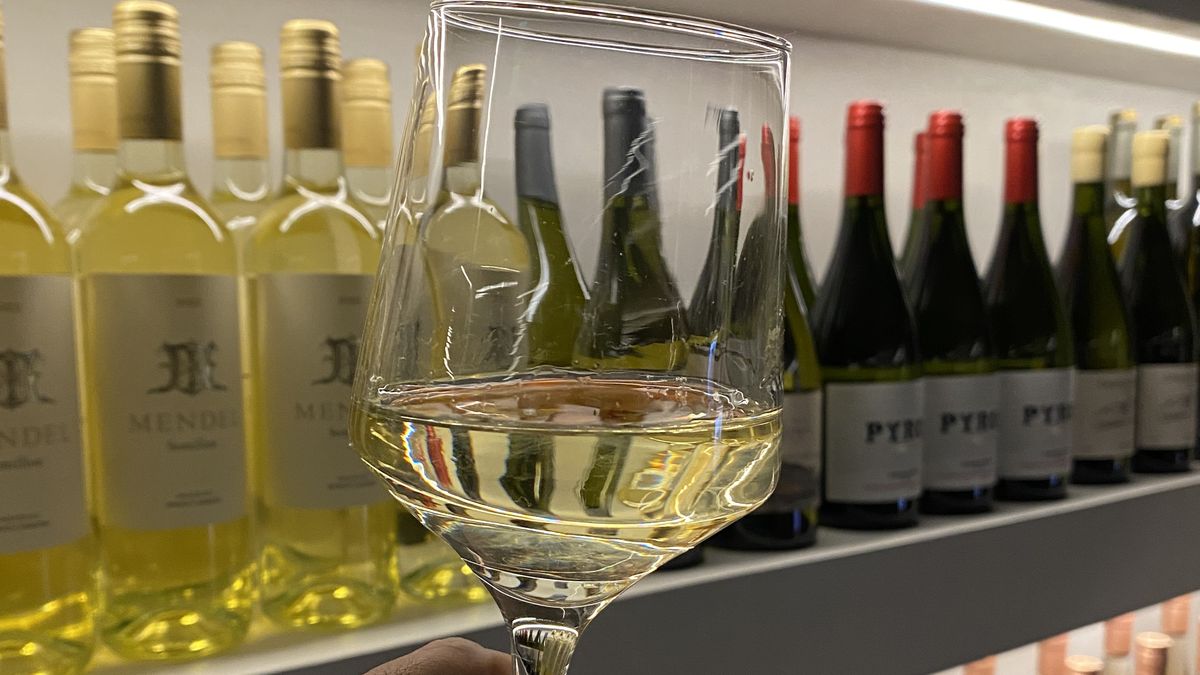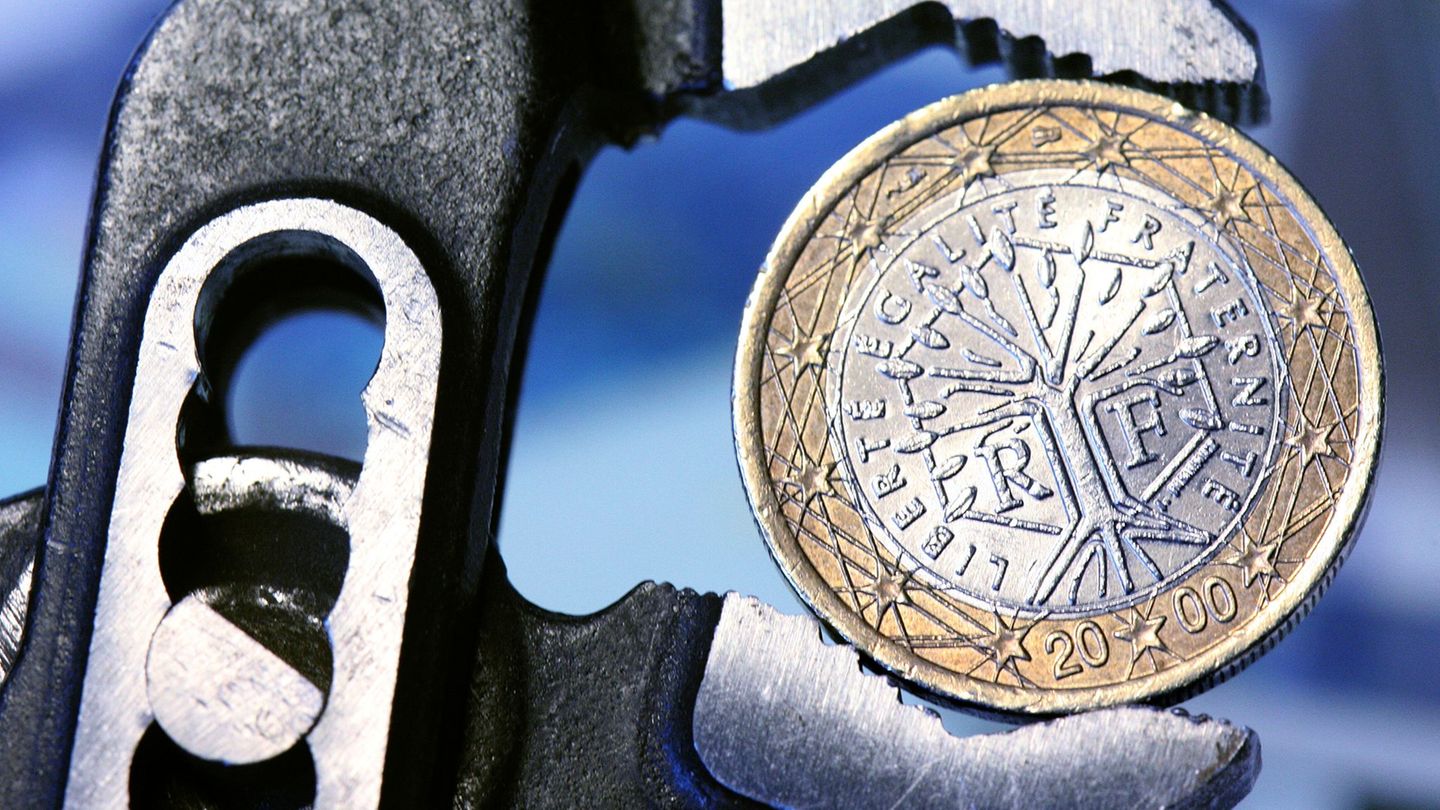These changes in wine consumers more recently added new elements. One is The cannabisthat in some specific markets is relegating alcohol domain as recreational alternative.
While this is warned with greater intensity in more developed markets in what makes the use of cannabis, such as the United States, the concern of wine producers It exceeds those borders. All wineries that have the US as a destination for their wine exports These changes are suffering in their own flesh. And Argentina is no exception.
On this phenomenon, the CEO of Wines of Argentina (WOFA) in dialogue with Scopewarned: “In addition to the competition of alternative drinks, We have to face the great factor of cannabis consumption as a recreational element. It is a reality that looks a lot in New York, where it was previously very often Today those wine or alcoholic beverage retailers have disappeared And what is most found are different businesses where vaporizers and other elements for cannabis consumption can be found. There is a clear issue about The preferences of the new generations at the time of deciding how they use their time and money to recreate. ”
Different existing investigations indicate that the increase in cannabis consumption It will negatively affect alcoholic beverages. Among the categories wine, beer and liquors, analysts They expect the wine to be the most threatened drink For this change of customs.
According to an international study released at the time in Argentina by the Argentine wine observatorywine and cannabis compete for a type of consumer that He is aware of health care. A proportion greater than 70% of consumers Consider that marijuana is healthier than alcohol.
According to an IWSR study, the world leader of data and beverage analysis, made in the United States, the average wine consumption per capita In states where marijuana was legalized It was almost double of the average for states without legal use of marijuana.
“Marijuana It will not replace wine that accompanies dinner. But marijuana comes to compete for the occasion of relaxation and the social occasion. A vapeo could replace that glass of wine after a long day of work, and a box of chocolates infused with marijuana could replace the bottle of wine that was brought to the party at a friend’s house, ”concludes the report.
The challenges of the wine industry by 2025
A recent study prepared by the Institute of Wine and Drinks of the University of Geisenheim, at the request of the German organization PROWEINHe reviewed the issues that worry wine producers in the world.
For that, the University surveyed at the end of 2024 More than 1,300 experts from the entire world wine chain. These experts, which represent more than 30 countries, include wine producers from the main wine and overseas viticultural regions, exporters, importers, merchants specialized in wine and representatives of the restaurant, bars and hotel sectors.
“The wine industry is located at a crossroads. Although the worst effects of the increase in costs for producers seem to have been overcome in most countries, producers and wine trade They now face the challenge of adapting to rapid changes In consumer preferences, ”concludes Professor Simone Loose, director of the Wine Business Institute and Drinks at Geisenheim University.
In that sense, the report remarks that “the development of new products and the search for innovative communication strategies They will be essential to ensure that wine remains competitive in front of other drinks. For the creation of the sector value, it is crucial to continue transmitting the benefits of premium products to current consumers and the next generation ”.
Among the concerns of the sector, the report lists economic challenges and changes in consumer behavior Like the two main ones.
The fall in the purchasing power of consumers and the world economic recession continues to affect world wine trade. But still, almost half of the producers and experts in the sector They cited as critical points the decrease in wine consumption due to concern for health and change towards alternative drinks. This problem is especially pronounced in the United States, Austria, Portugal and Germany, according to the responses of those involved in the survey.
Another of the challenges listed in the Prowein survey is The exhaustion of the premiumization phenomenon (Preference for the highest quality wines) that deepened in the last two decades. This strategy that accompanied another modification in consumption habits, allowed wineries to benefit from the growth of commercial value even when world wine volumes stagnated. However, now the survey It reflects a radical change of opinions.
Only half of the experts in the sector believe that Premium and Superpremium wines are resistant to economic recessions. In addition, 50% of the sector acknowledges that current prices of supermium wines They reached difficult levels to sustainwhich puts a limit to its growth potential.
“The wine industry must innovate and develop strategies to attract younger generations, which will end up replacing current premium wines consumers”stands out.
At this point, most of the responses agree that to attract new consumer segments it will be vital to achieve an adaptation of marketing and communication strategies in that age segment.
“Establish more solid links between higher quality products and sustainability, the integration of life styles and unique experiences It will be crucial to maintain relevance and guarantee long -term growth in a competitive market, ”he recommends ..
The year 2024 witnessed a notable change in consumer behavior, which The purchases of light wines increased, such as sparkling, white, pink and wines with or without alcohol. They turned their backs on red wine. And experts anticipate that this trend It will persist In the coming years.
Low alcohol wines are more appreciated in the south and east of Europe, while non -alcohol or disagreement wines have a strong growth potential in the Netherlands, Germany and Austria.
In general, reds are classified as fashionable past in relation to non -alcohol wines in many markets, except in southern and east of Europe, where they are still more popular. Natural wines and orange trees have more followers in the United Kingdom/Ireland, southern Europe and in the Netherlands.
Prowein’s report also highlights The awareness of more strict policies in alcohol consumption It has also grown significantly in the last two surveys, with an increase in the concern of the sector of about ten index points each year. At present, 43% of experts believe that stricter alcohol policies constitute a key challenge.
This concern is especially preponderant between the retailers of Belgium and the United Kingdom/Ireland, as well as among the producers of the New World, Austria and Portugal. To deal with these challenges, it will be necessary to coordinate the efforts of the sector, improve communication and strategically adapt product portfolios, recommends the study.
Source: Ambito
I am an author and journalist who has worked in the entertainment industry for over a decade. I currently work as a news editor at a major news website, and my focus is on covering the latest trends in entertainment. I also write occasional pieces for other outlets, and have authored two books about the entertainment industry.




